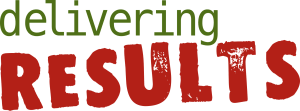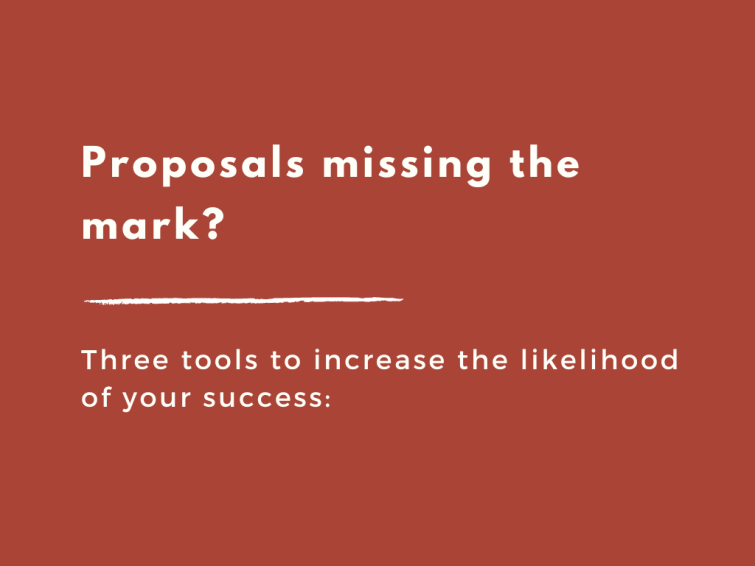“We used to win most of the jobs we pitched for…. not anymore.”
The above is a common refrain from our clients and the business owners we meet.
They mistake what a proposal is:
- It is not a long, tedious list of tasks you will complete for your clients. Littered with dreary technical language.
- It is a sales document.
There must be excitement about the value of the work.
It should hone in on the problems it fixes, amplify the opportunities it creates.
Even if these were covered in initial meetings, they must be repeated.
Proposals are printed, read and deeply considered. Often by people wearing a more analytic, sceptical lens.
And the important decision makers, the ones that sign the cheques, might not have been in the room.
Yes, you have to cover off on the work to be done; but always put that in the context of your client’s world.
Three tools to increase the likelihood of your success:
1. The Bridge Framework
Your proposed work will take people over the bridge, from Pain Island to Pleasure Island.
From frustration to opportunity.
2. The “So What” Test
For major statements that you think are important, apply this.
Ask as if you were the reader, the buyer of the project.
- What does this do for me / for my business?
- How does it change my world?
3. We/Us vs. You
- What’s the proportion of We versus You statements, outside of the task list? Anything more than “40% we” is out of balance.
Remember, it is all about them.
- When writing ‘you’, is it as an object or subject?
“We do this for you,” versus “You will enjoy that”. Subject wins.
Distil those three elements.
Anchor them throughout the proposal, and you win.
If your client proposals and pitches are falling flat - greeted with blank stares and vague murmurings of “we’ll be in touch” - and suffer from low success rates… just get in touch. A copy sales audit will fix that for you and your business.
You can book an initial 15 minute chat with Alex Meijnen here.
>> You might also find interesting: 'Is that your pitch?'

